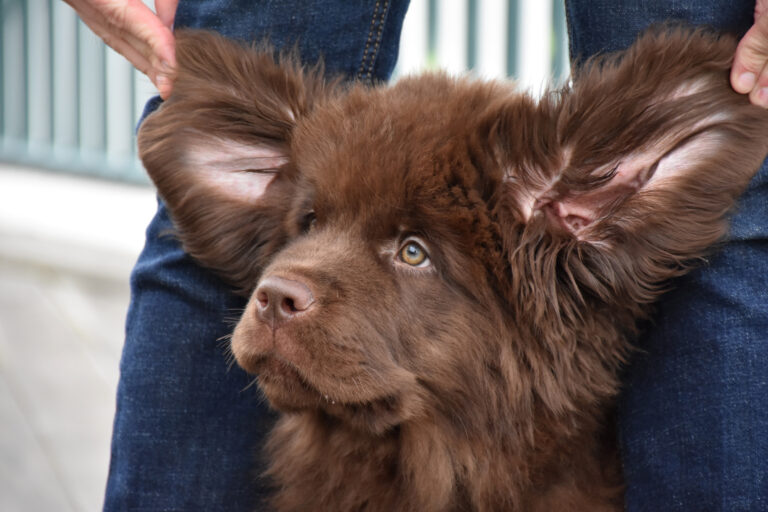Best Dog Training Techniques at Home

Training your dog at home can be an enriching and fulfilling experience for both you and your pet. With the right dog training techniques at home, you can effectively teach your dog good behavior, basic commands, and even advanced tricks. This article will explore various effective **dog training techniques at home** to help you nurture a well-mannered canine companion.
Understanding Your Dog
Before diving into specific **dog training techniques at home**, it’s crucial to understand your dog’s personality and learning style. Each dog is unique, and factors such as breed, age, and temperament can influence how they respond to training. Observing your dog’s behavior can help you tailor your training approach, making the process more enjoyable and effective.
Positive Reinforcement
One of the most effective dog training techniques at home is positive reinforcement. This method involves rewarding your dog for good behavior with treats, praise, or playtime. By associating positive experiences with desired actions, your dog will be more likely to repeat them. For instance, when your dog sits on command, immediately give a treat and praise them. This approach builds a strong bond and encourages your dog to learn.
Consistency is Key
Another vital aspect of effective dog training techniques at home is consistency. Use the same commands and signals for each behavior you want to teach. For example, stick to that word if you decide to use the word “sit” for the sitting command. Consistency helps your dog understand what is expected and reduces confusion, facilitating quicker learning.
Basic Commands
Start with fundamental commands such as “sit,””stay,””come,” and “down.” These basic commands are essential for good behavior and safety. Using simple **dog training techniques at home** can make this process straightforward. For instance, to teach “sit,” hold a treat above your dog’s head and move it back. As they look up, their bottom will naturally lower to the ground. Once they sit, reward them immediately. Repeat this process until they can sit on command.
Socialization

Socialization is a crucial part of training that many owners overlook. Expose your dog to various environments, people, and other animals. This exposure helps reduce fear and anxiety and teaches your dog to behave appropriately in different situations. Incorporate socialization into your **dog training techniques at home** by inviting friends over or taking your dog for walks in busy areas.
Use of Clicker Training
Clicker training is a popular method within the realm of **dog training techniques at home**. A clicker is a small device that makes a distinct sound when pressed. This sound acts as a marker for desired behaviors. When your dog performs a trick correctly, click the device and reward them. Over time, your dog will associate the click with positive reinforcement, enhancing their learning process.
Addressing Behavioral Issues
If your dog exhibits unwanted behaviors, such as barking or chewing, it’s essential to address these issues promptly. Ignoring bad behavior can reinforce it. Instead, redirect your dog to a more acceptable behavior using the positive reinforcement techniques mentioned earlier. For example, if your dog barks at the door, teach them to go to a designated spot instead.
Keep Training Sessions Short
Another effective strategy in **dog training techniques at home** is to keep training sessions short and engaging. Dogs have limited attention spans, so aim for sessions of about 5 to 10 minutes. Frequent short sessions are more productive than long, drawn-out training periods. This keeps your dog focused and prevents frustration for both of you.
Be Patient and Have Fun
Finally, patience and enjoyment are crucial components of successful dog training. Training can sometimes be a slow process, and there may be setbacks along the way. Maintain a positive attitude, and remember to have fun. The more enjoyable the experience is for your dog, the more likely they are to engage and learn.
Conclusion
Incorporating these **dog training techniques at home** can significantly enhance your relationship with your dog. With time, patience, and consistency, you can create a well-trained companion that is a joy to have around. Remember to celebrate the small victories along the way, and enjoy the training journey together.






